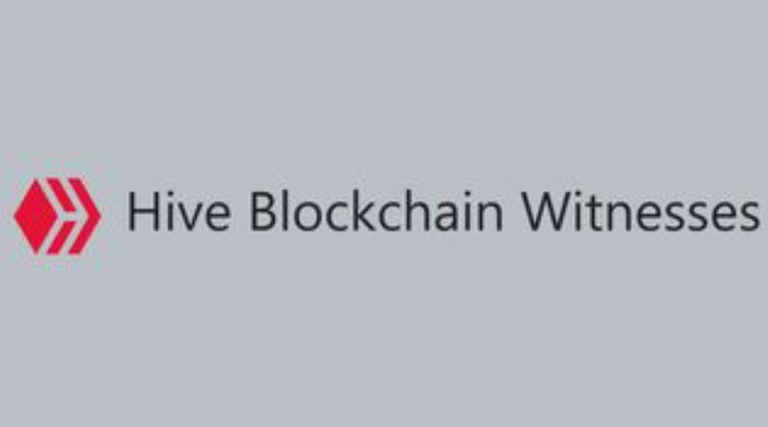One of the coolest things about Hive is how it gives power to the community. Unlike traditional social platforms, Hive isn't controlled by a single company or CEO. Instead, decisions are made collectively by the users themselves. But how does this actually work in practice?
Hive operates using something called a Delegated Proof-of-Stake (DPoS) system. This means Hive users hold tokens (Hive Power), and those tokens represent voting power. Users vote to choose "witnesses," who are essentially community representatives responsible for running and maintaining the blockchain. Think of these witnesses as elected officials, chosen by the people to manage and secure the system.
Witnesses handle technical tasks like ensuring the blockchain runs smoothly, validating transactions, and applying updates to the network. But their most important role is representing the community’s interests and values. Witnesses who act against community wishes or fail to perform effectively can be voted out at any time, keeping them directly accountable to Hive users.
Let’s look at a real-world example: in 2020, when Hive split from Steem, it was precisely this governance model that allowed users to swiftly respond. Users were able to quickly vote out witnesses who no longer represented them, preserving Hive’s independence and community-driven spirit. This event proved that Hive’s governance isn’t just theoretical - it’s powerful and effective in action.
Another practical example happens whenever Hive implements changes or upgrades. Witnesses propose updates, such as lowering transaction costs or changing reward distribution. These proposals are openly debated, and users signal their support by voting. For example, in 2021 the community voted to adjust the reward structure, ensuring smaller creators received fairer compensation. Such transparency and collective decision-making make Hive adaptable and fair, unlike traditional platforms where users have almost no say.
Hive’s governance also extends to community projects and initiatives. Users propose ideas like marketing campaigns, development projects, or community events through "Hive Improvement Proposals." If enough community members back the proposal with their votes (stake), it receives funding directly from Hive’s decentralized fund. Recent examples include funding for apps like PeakD, Ecency, and Splinterlands - all developed with direct community input and support.

In short, Hive’s governance isn’t just about managing a blockchain; it’s about empowering users to build, steer, and shape their online community. Whether you’re voting for witnesses, funding new ideas, or deciding on key upgrades, Hive puts decision-making directly into your hands.
Have you participated in Hive’s governance yet?
Let us know your experiences or any questions you have in the comments!
Hello.
It appears that significant parts of this writing are machine-generated.
We would appreciate it if you could avoid publishing AI-generated content (full or partial texts, art, etc.).
Thank you.
Guide: AI-Generated Content = Not Original Content
Hive Guide: Hive 101
If you believe this comment is in error, please contact us in #appeals in Discord